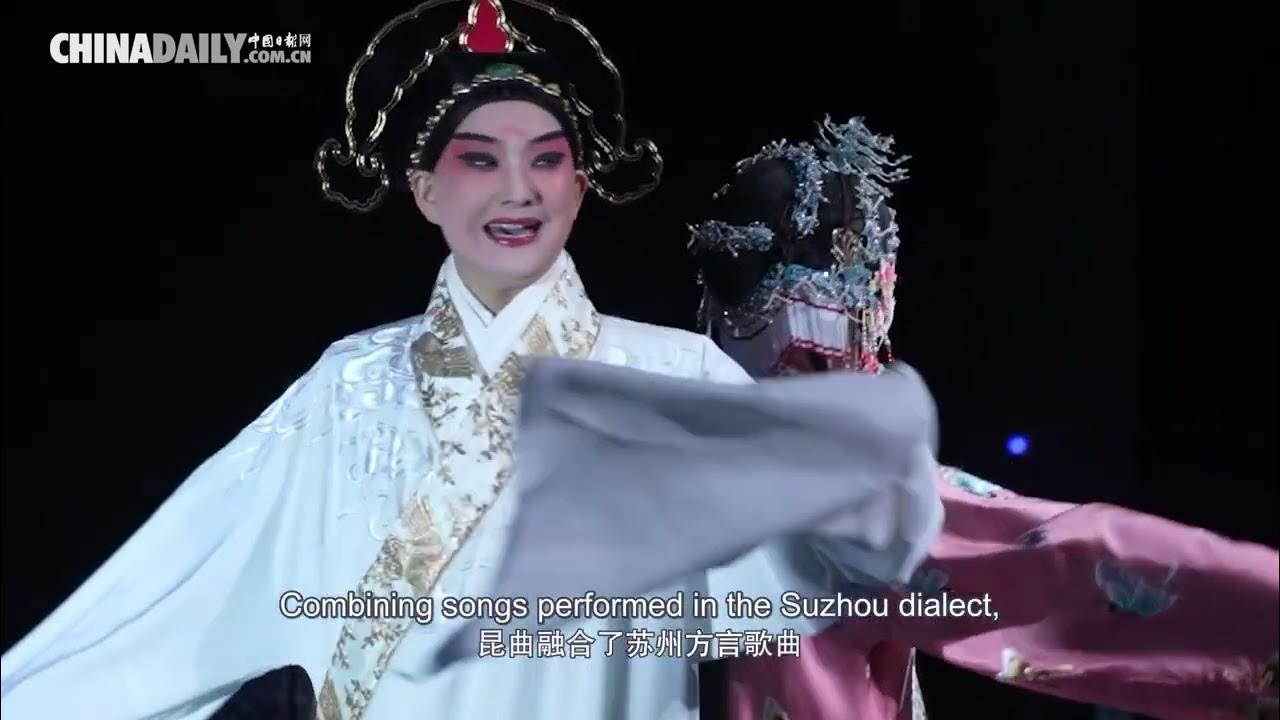Kunqu Opera

Details
| Title | Kunqu Opera |
| Author | China Cultural Center in Sri Lanka |
| Duration | 2:17 |
| File Format | MP3 / MP4 |
| Original URL | https://youtube.com/watch?v=3XmXTCxLXAY |
Description
非遗文化:昆曲
Living Heritage: Kunqu
曲调柔美、唱腔细腻、情节感伤 — 这些浪漫的特点使昆曲成为最受欢迎的中国戏曲艺术之一。昆曲代表作《牡丹亭》的作者汤显祖,常被人与莎士比亚相提并论,《牡丹亭》至今深受世界各地观众的喜爱。本期《节日里的非遗》带您一起了解世界非物质文化遗产——昆曲。
Melodious, exquisite and sentimental. These romantic features make Kunqu Opera one of the most loved art forms in China.
Born in Suzhou, East China's Jiangsu province, Kunqu Opera distinguished itself by the virtuosity of its rhythmic patterns and became widely popular during the Ming Dynasty (1368-1644). During the Mid-Autumn Festival in Ming and Qing dynasties (1644-1911), opera troupes often gathered in Suzhou, staging theatrical extravaganzas in ancient China.
Combining songs performed in the Suzhou dialect, graceful body movements, martial arts and dance, Kunqu Opera uses an endless variety of movements to express specific emotions. It also pays meticulous attention to each nuance. Graceful movements animate the fingertips and unique melodies evoke a rich and poetic world.
Kunqu Opera exerted a dominant influence on many forms of opera in China thereafter, including Peking Opera, which is about 200 years old. It is hence known as the mother of all Chinese operas.
As an authentic embodiment of Chinese culture, stories performed in Kunqu Opera have transcended time and space. The Peony Pavilion, written by playwright Tang Xianzu, who is often compared to Shakespeare, is still loved by fans from around the world.
A living heritage is an endless dialogue between the present and the past, and Kunqu Opera is a carrier to pass that legacy on.